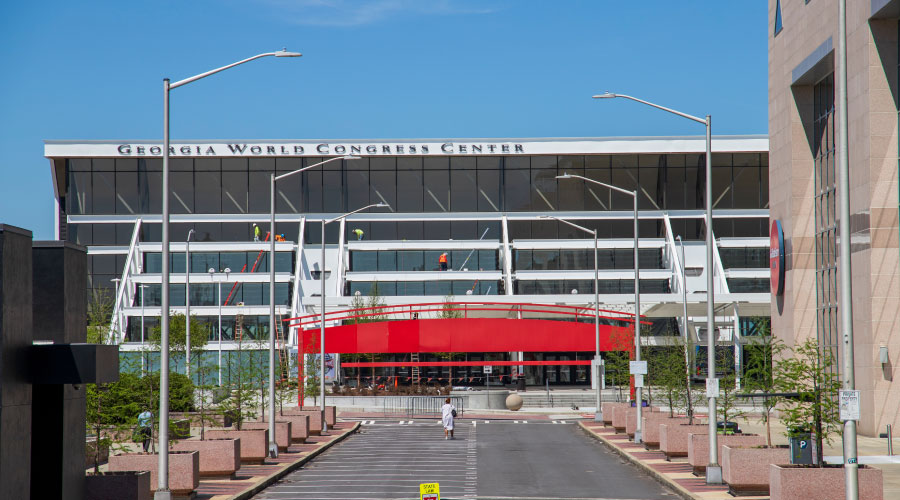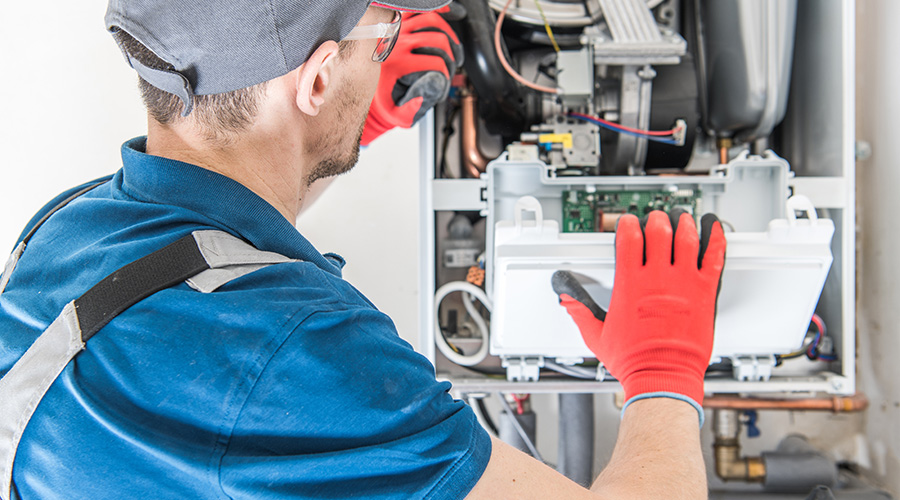Chiller Rebuild Improves IAQ, Relative Humidity
Before any work was done, Plutz and his team had to present a case to the hotel’s ownership group, Host Hotels & Resorts Inc., presenting facts and data to illustrate the savings the project would generate. As it turns out, the hotel is saving more money and reducing its environmental footprint by far more than expected. From Jan. 1 to Aug. 8 2008, the hotel saved $574,000 in utility costs, which equates to a reduction of 5.74 million kilowatt hours, Plutz says.
The proper water treatment and maintenance of the chiller equipment also allowed the hotel to rebuild the 22-year-old system, Plutz says. The organization saved money by rebuilding, rather than replacing, the equipment.
It is tough to quantify savings in a hotel compared to a typical office building because occupancy and weather conditions vary, Plutz says. Occupants might fill a convention center one week, but the space could be vacant the next. So Plutz had to measure the savings generated by the chiller retrofit by going back four years, taking the total number of kilowatts divided by the total number of occupied rooms, and determining a total amount of kilowatt hours per occupied room.
The project also resulted in IAQ improvements that create a more comfortable environment for occupants and visitors.
“Anybody can save money by cutting power and doing improvements,” Plutz says. “It’s the improvements that are made in indoor air quality and relative humidity (that are most important). That came as a result of matching hydronic flow on the primary-secondary side of our chilled-water system. Measurement is the key to success in these kinds of things.”
Related Topics:















